
A four-cylinder, 97bhp 1.33-litre engine; CVT transmission, front-wheel drive and a top speed of 106mph. No, it’s not a bad dream, we are indeed talking about the latest Aston Martin. Our reporter drove the brand-new Cygnet in London, to see what he made of it all….
“Is this a real car or just a joke?” I beg your pardon? “I mean, is it a real Aston Martin or did you just put some stickers on it for fun?” This question was asked by a man on a bike we met between Trafalgar Square and Buckingham Palace. He has a point. Is it a real Aston Martin or just a joke?
You know the story. Before it was significantly reworked to become a Cygnet, a car built with the aim of lowering the average CO2 emissions of a brand dedicated to thirsty V8 and V12 engines, the tiny Aston Martin was a Toyota iQ. Unfamiliar with building eco-friendly cars, the illustrious marque made an alliance with another car company. “We studied all possibilities, and this one offered us the best technical choices,” an Aston Martin spokesman tells us, referring to Toyota.
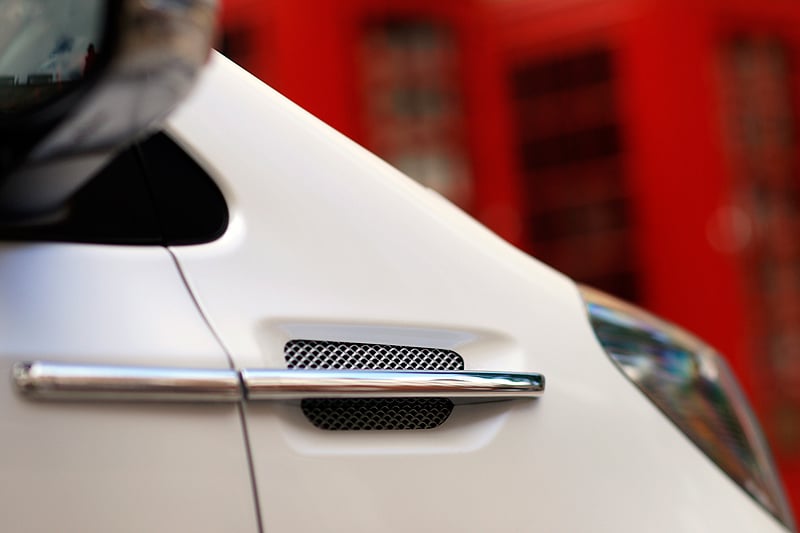
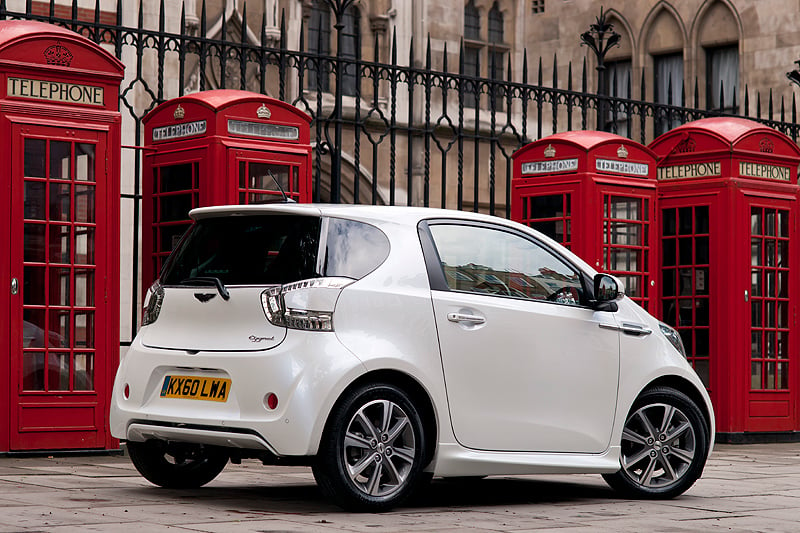
Rather than picking up a half-built Toyota from the assembly line, however, Aston Martin must buy complete cars from Toyota – not just badged and on standard steel wheels, but in every colour Toyota makes them. Aston Martin then dismantles the interior and re-shapes the bodywork. Even the iQ paint has to be removed by hand, in order to respray the Cygnet in an Aston Martin in-house tint. A long – and not so rational – process which explains, sort of, the huge price of this little car. At more than £30,000, it’s about two and a half times the price of an iQ.

One good thing about being hand-built, of course, is the fact that you can respond to your wealthy customers’ deepest desires. As is the fashion with premium cars, the Cygnet can be thoroughly bespoke and there’s a specification form as long as the menu of a gourmet restaurant. Your choice: 24 colours for the body; painted or unpainted bonnet louvres and rear spoiler; four different 16in alloy wheels; 20 shades of leather for the seats, steering wheel and dashboard; leather, Alcantara or fabric for the detailing and even more choice for the stitching. Finally, the ‘decorative’ panels (made in plastic, what a shame) can be Piano Black or Iridium. We’re not sure how many variations this gives rise to in total, but feel free to spend some fascinating hours on the online configurator, counting them.
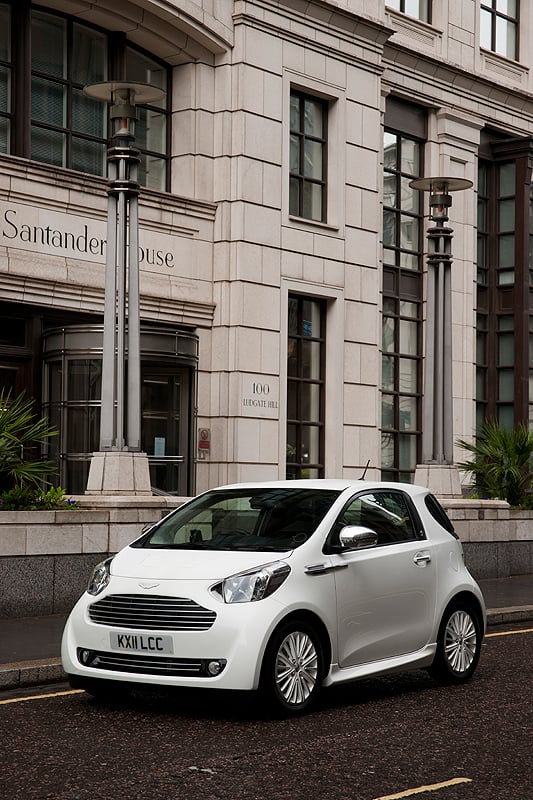
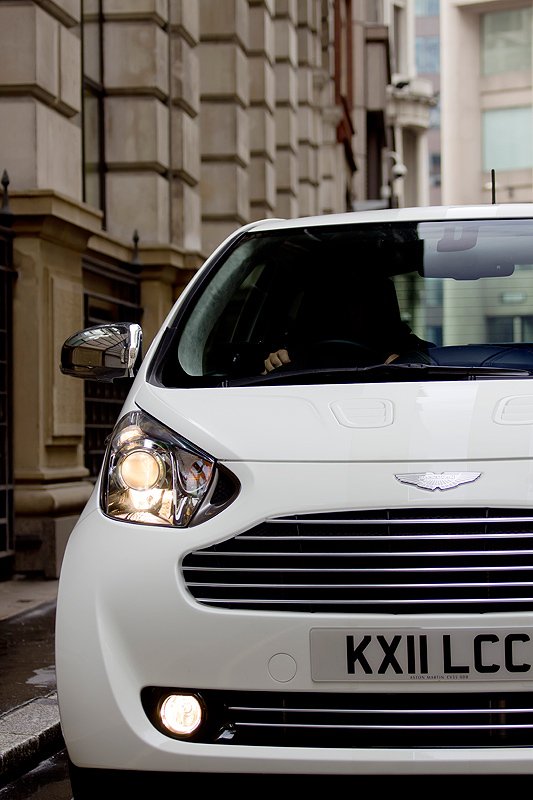
Maybe the Cygnet is based on the iQ, but you don’t see much of the Japanese car. Yes, the greenhouse, the doors and the general shape are the same but, if you put both cars side by side, the differences are overwhelming. The bonnet, wings, skirts, front and rear bumpers, tailgate, headlights and rear lights – all have been revamped in the muscular and dynamic house style, and the Cygnet is instantly recognisable as an Aston. And, let’s admit it, in certain colours, such as Grey Bull (something between mouse-grey and chocolate) with red leather, it’s utterly desirable.
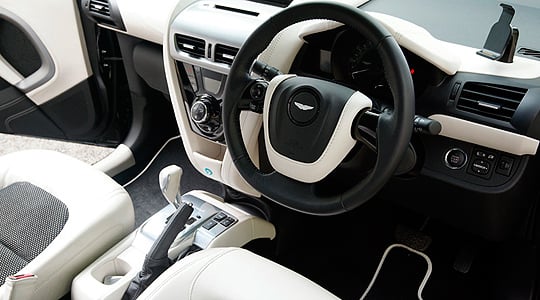
Inside, there’s very little iQ left: the leather-covered console is bulkier, the door panels have a more finely worked design, there are new seats, a modified steering wheel – and a rather beautiful gearlever.
With its keyless system, there’s no need for a key to enter and start the car. But then starting the car is perhaps the most frustrating moment of the day: in place of the revving V12 we’re used to, we hear the shy shiver of the Japanese inline-4.
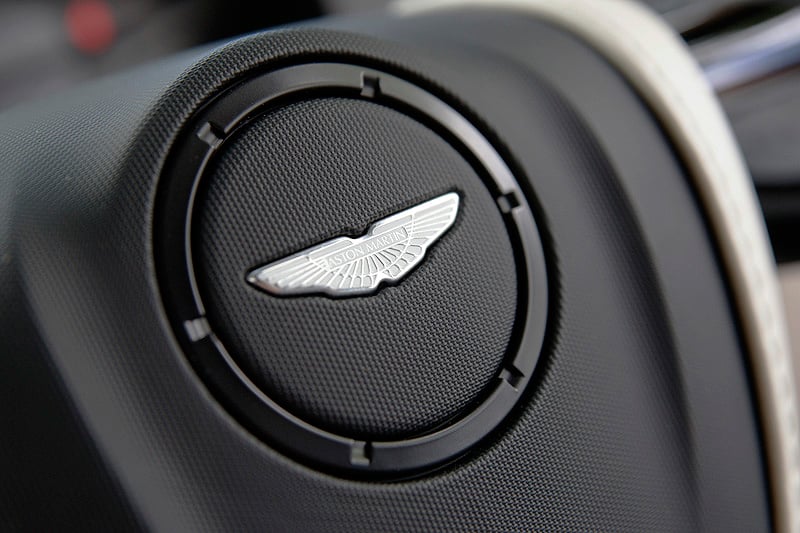
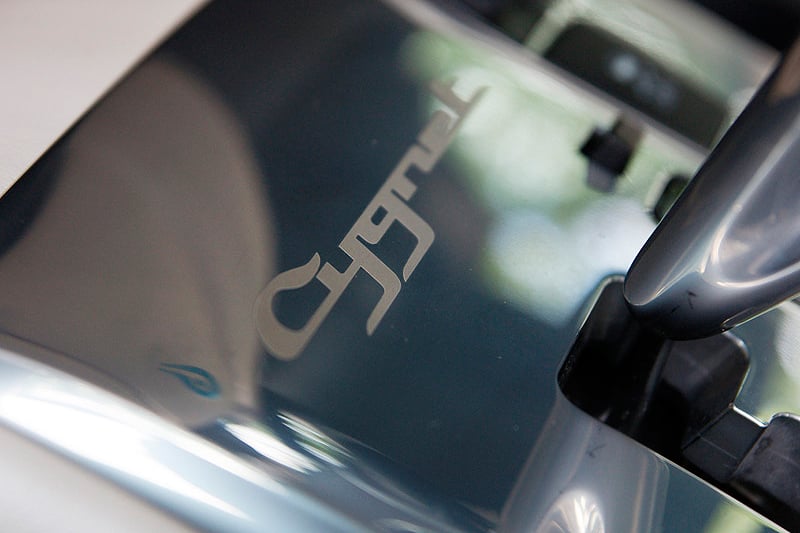
Our car came with Continuously Variable Transmission, which gave extremly linear acceleration. Yet another Japanese speciality, and one which doesn’t help with driving thrills. Nor were we keen on the endless engine revs modulation inherent in this system.
Glued into the London traffic, we have plenty of time to discover all the charms of the Cygnet’s interior. Rarely have we seen so much leather in a car – especially a city car. Everywhere you look, or rest your finger, you find leather or Alcantara – even under the seats.
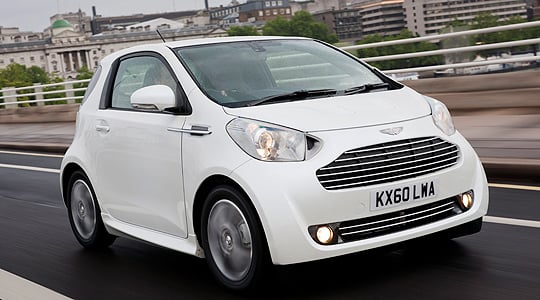
Don’t bother with the radio, though. The only switch for it is on the steering wheel, and the sound is far from the Harman Kardon of a Vantage. What a pity. Rear seats? Leave them to children. This Toyota marketing gimmick didn’t convince us.
But while we have criticisms, we had no real complaints about the performance. After all, we weren’t expecting miracles and – as intended – it drives remarkably well in the city. In the gloriously luxurious cockpit, we floated serenely through the traffic jams and forgot our worries.
At pole position on a corner, a Virage stopped at our side. Window down, the driver stared up at us from his lowly position near the Tarmac. No, thank you sir, our Aston isn’t cut out for Grand Prix racing – even off the traffic lights. “Why not? It's Friday!” he shouted, and disappeared in a fury of V8 noise. All we need is a sportier exhaust, and our Cygnet could play at being a swan…
Text: Yan-Alex Damasiewicz
Photos: Aston Martin
ClassicInside - The Classic Driver Newsletter
Free Subscription!










